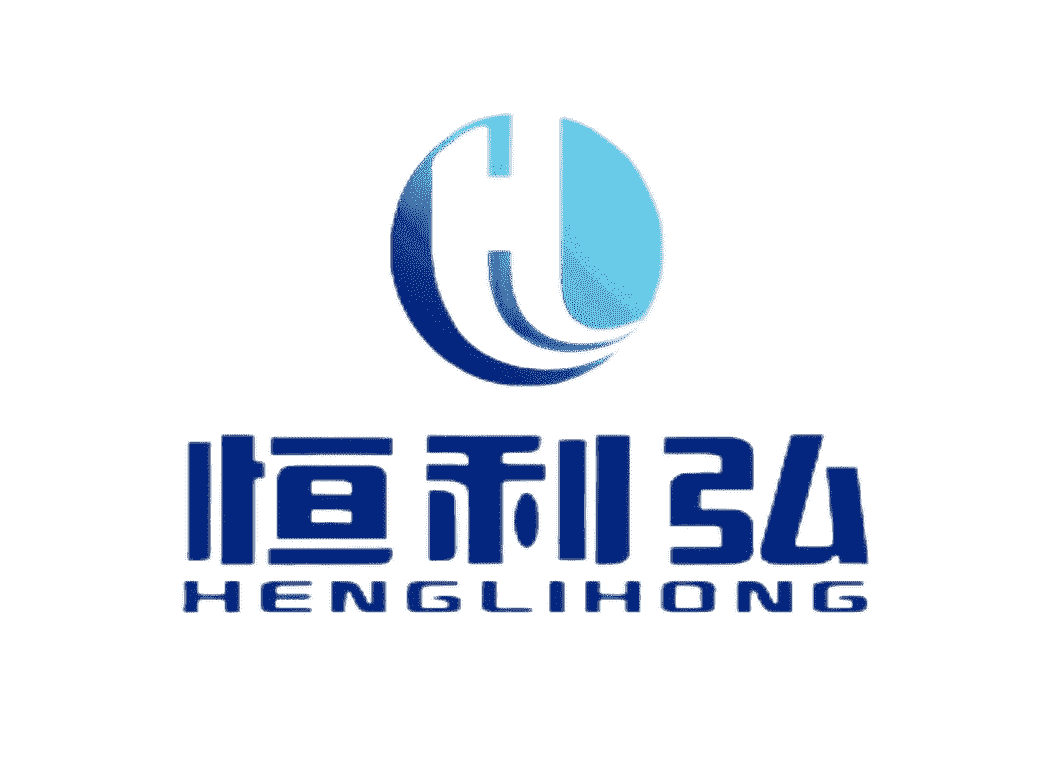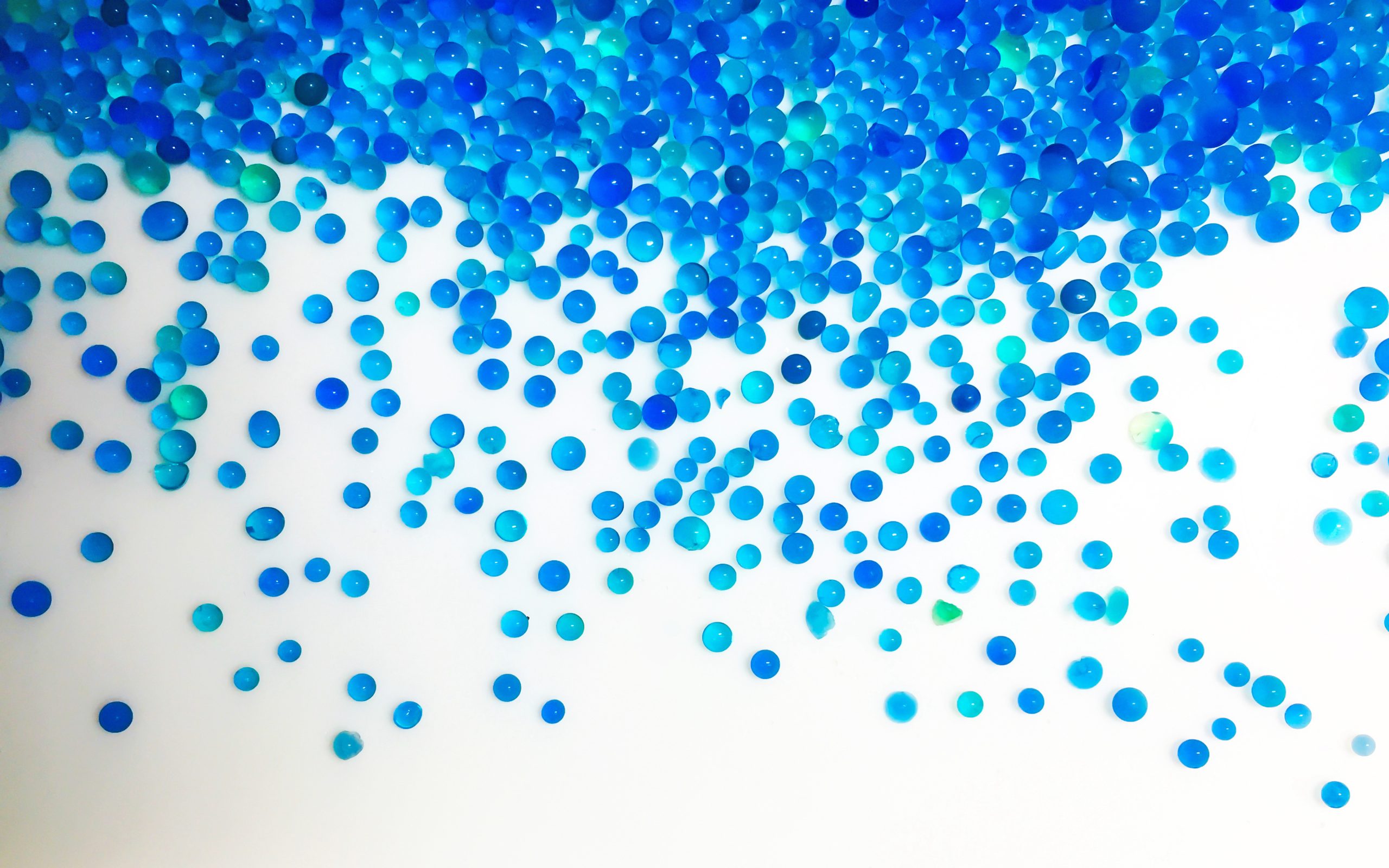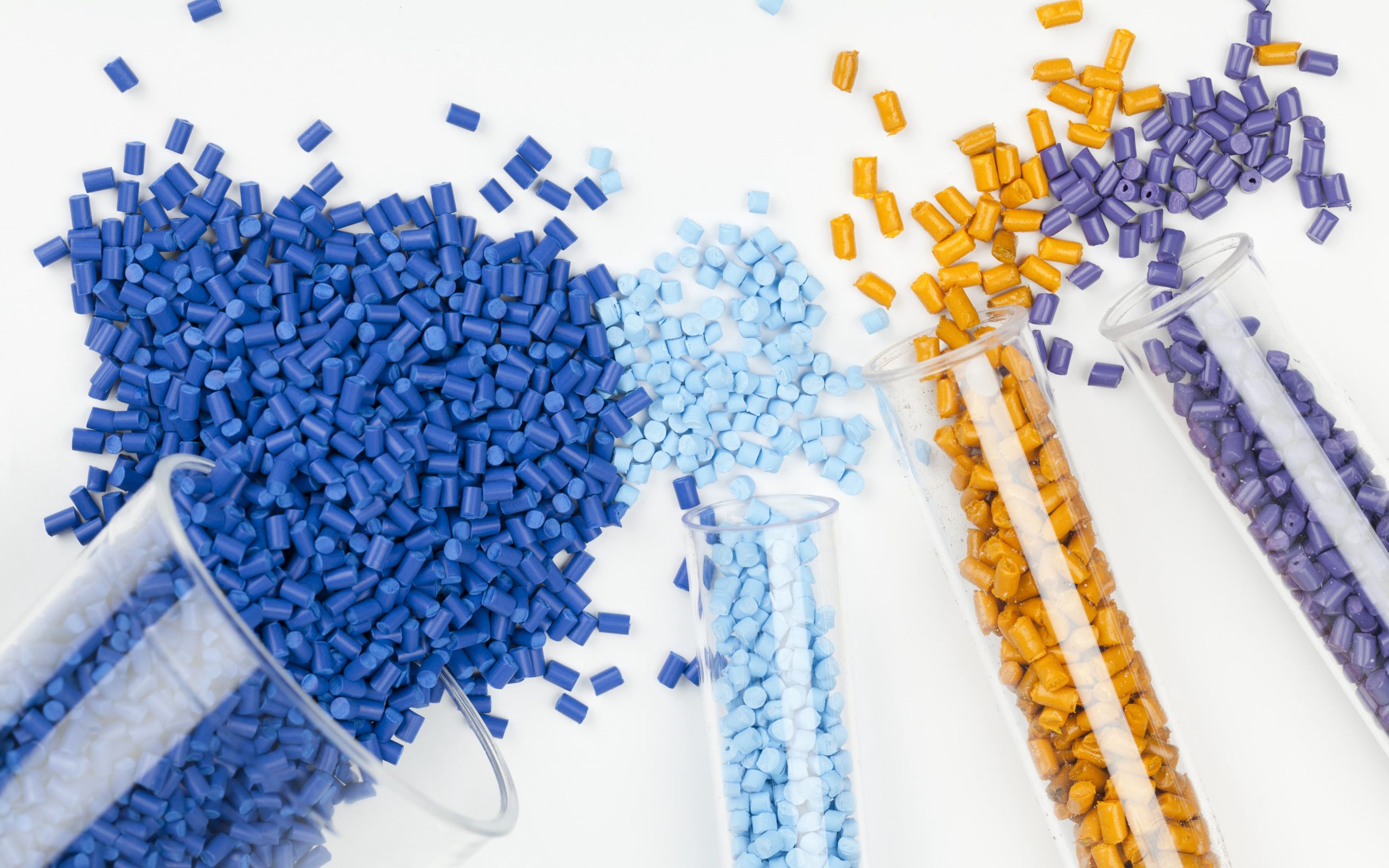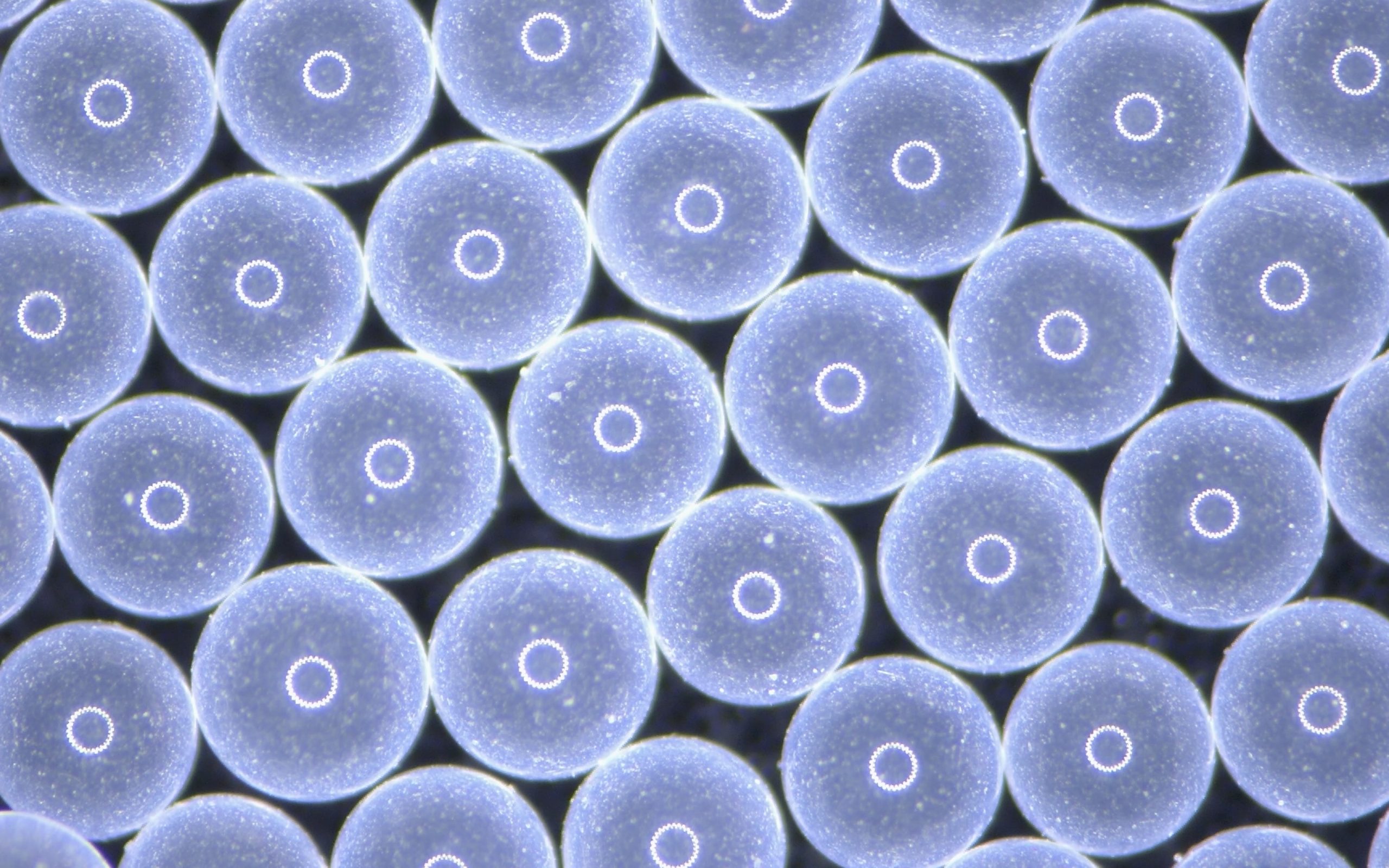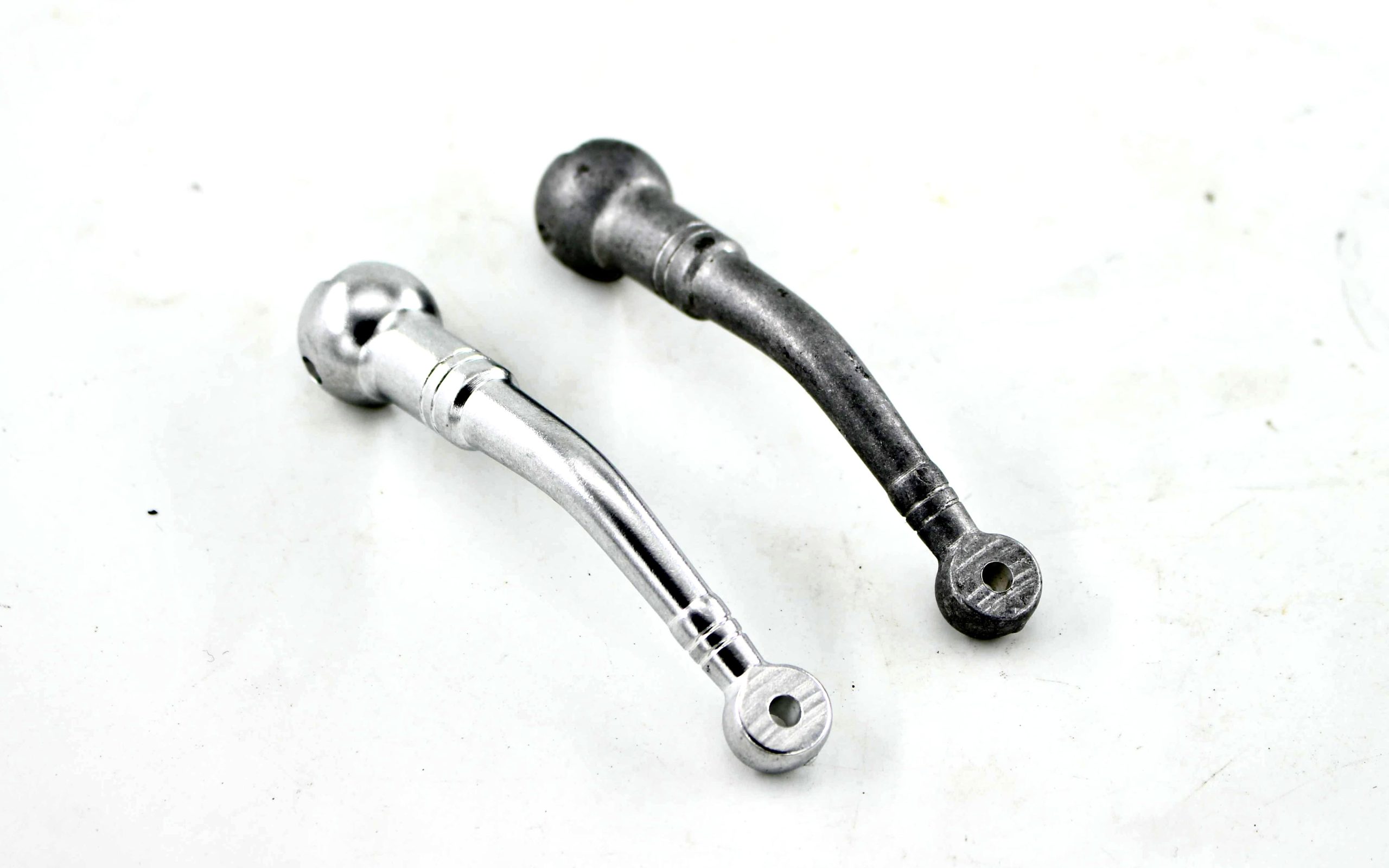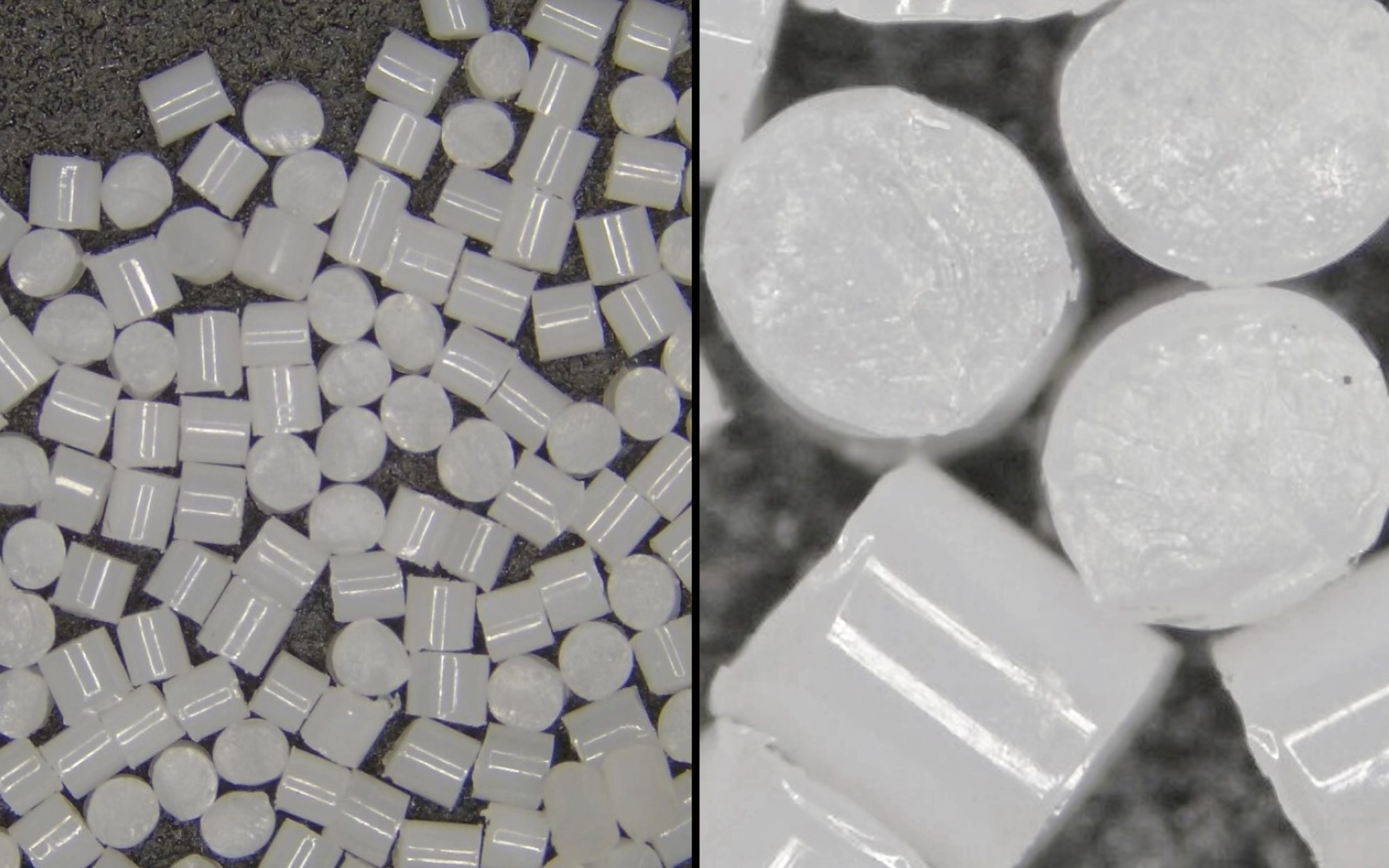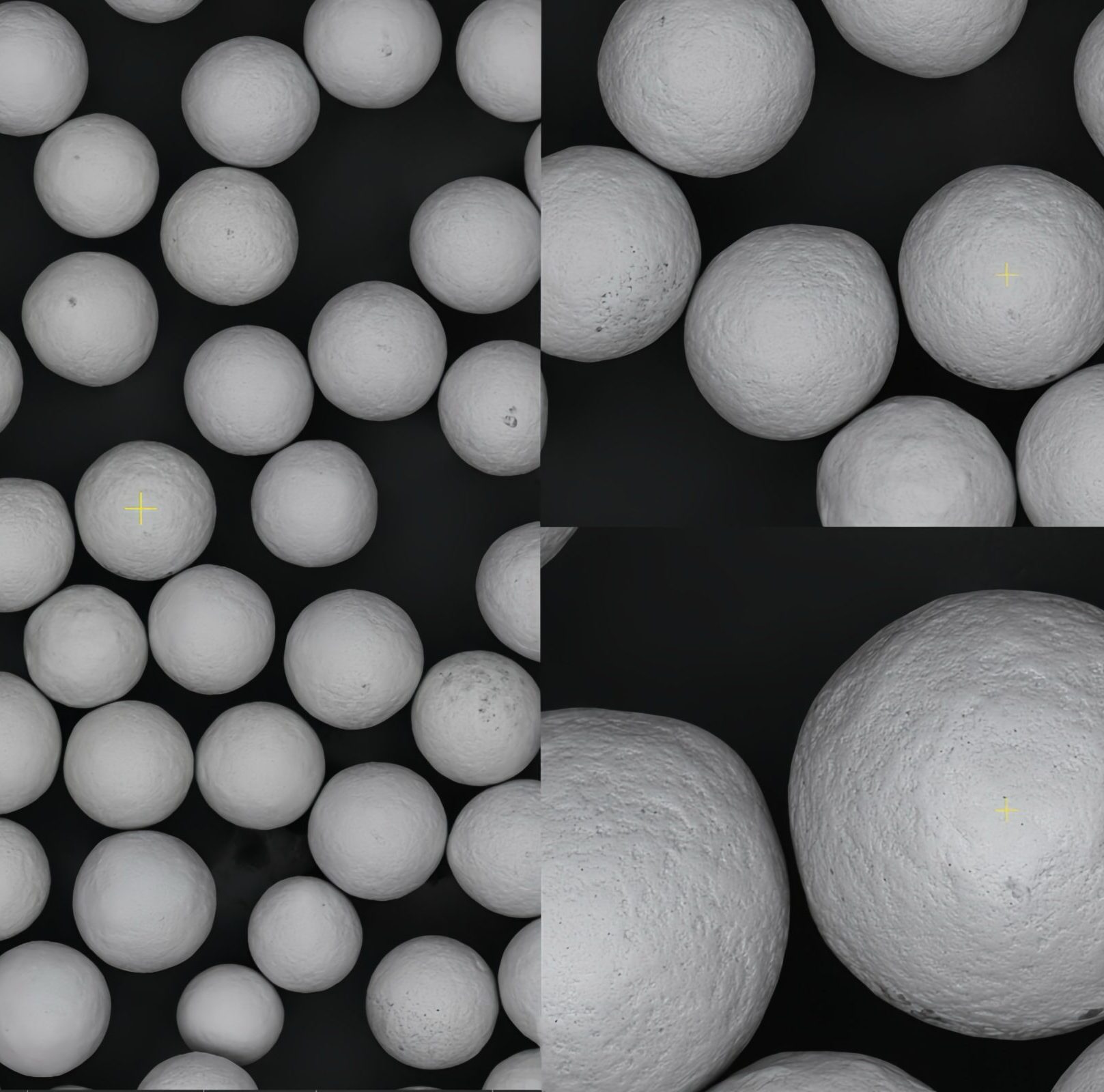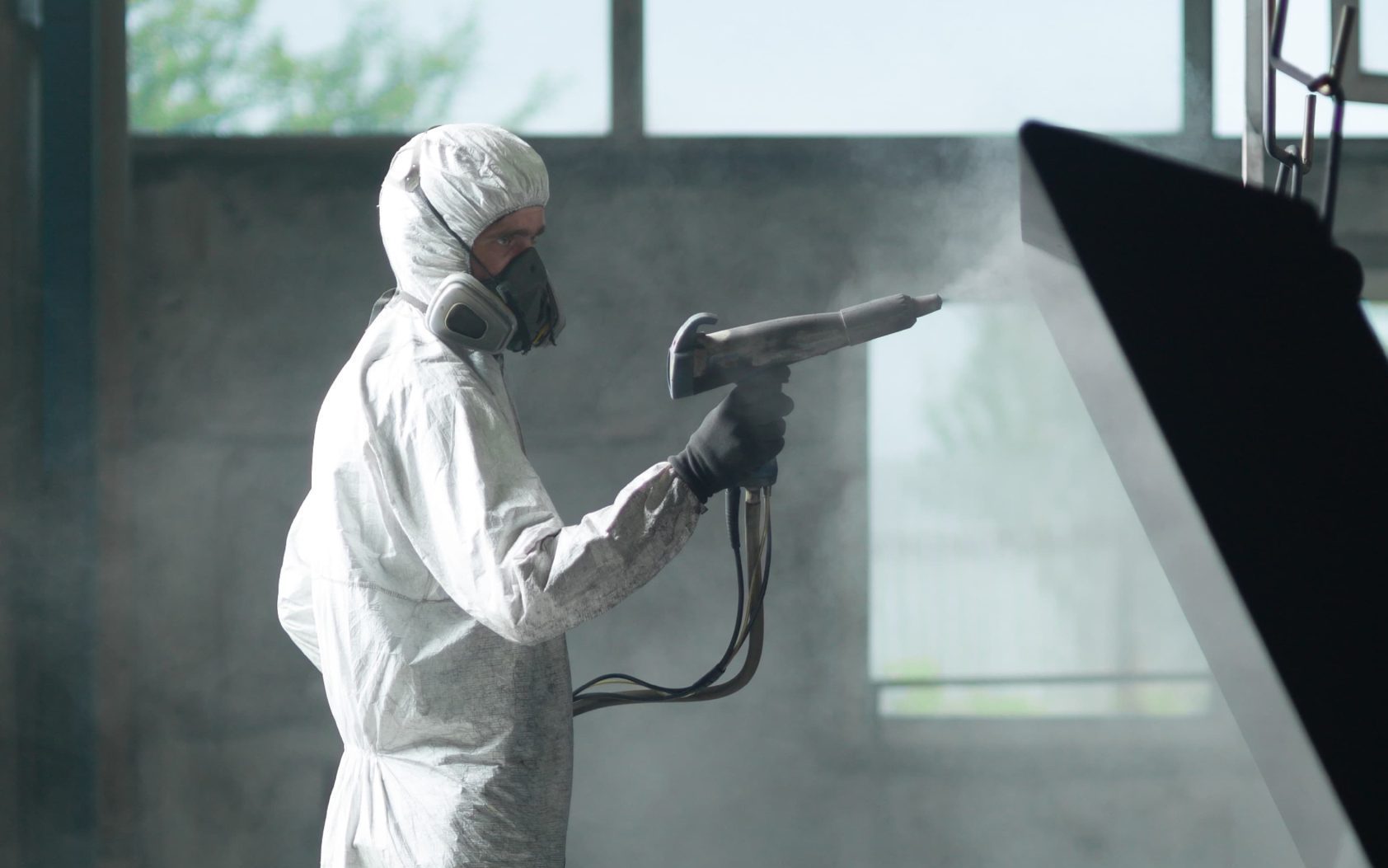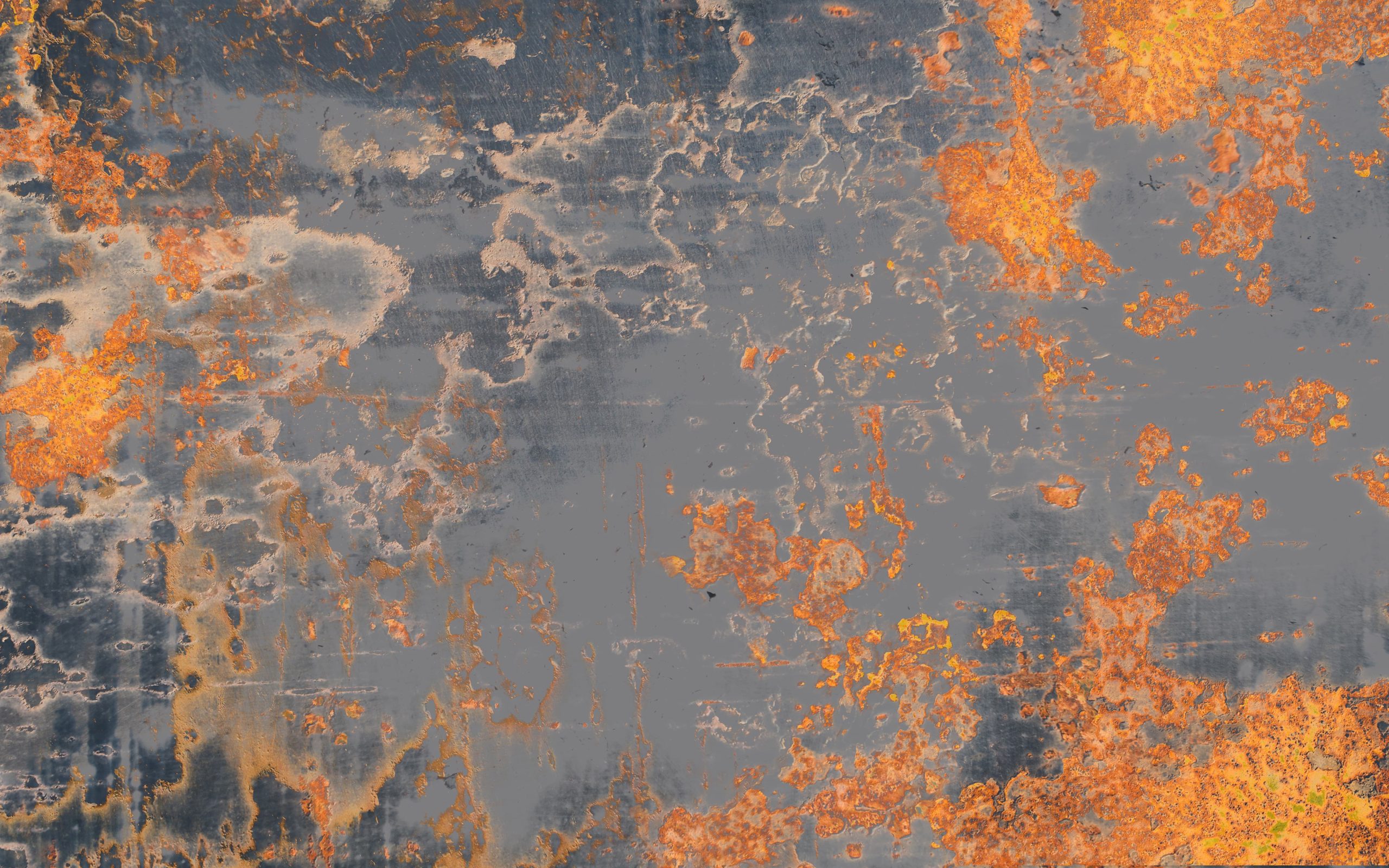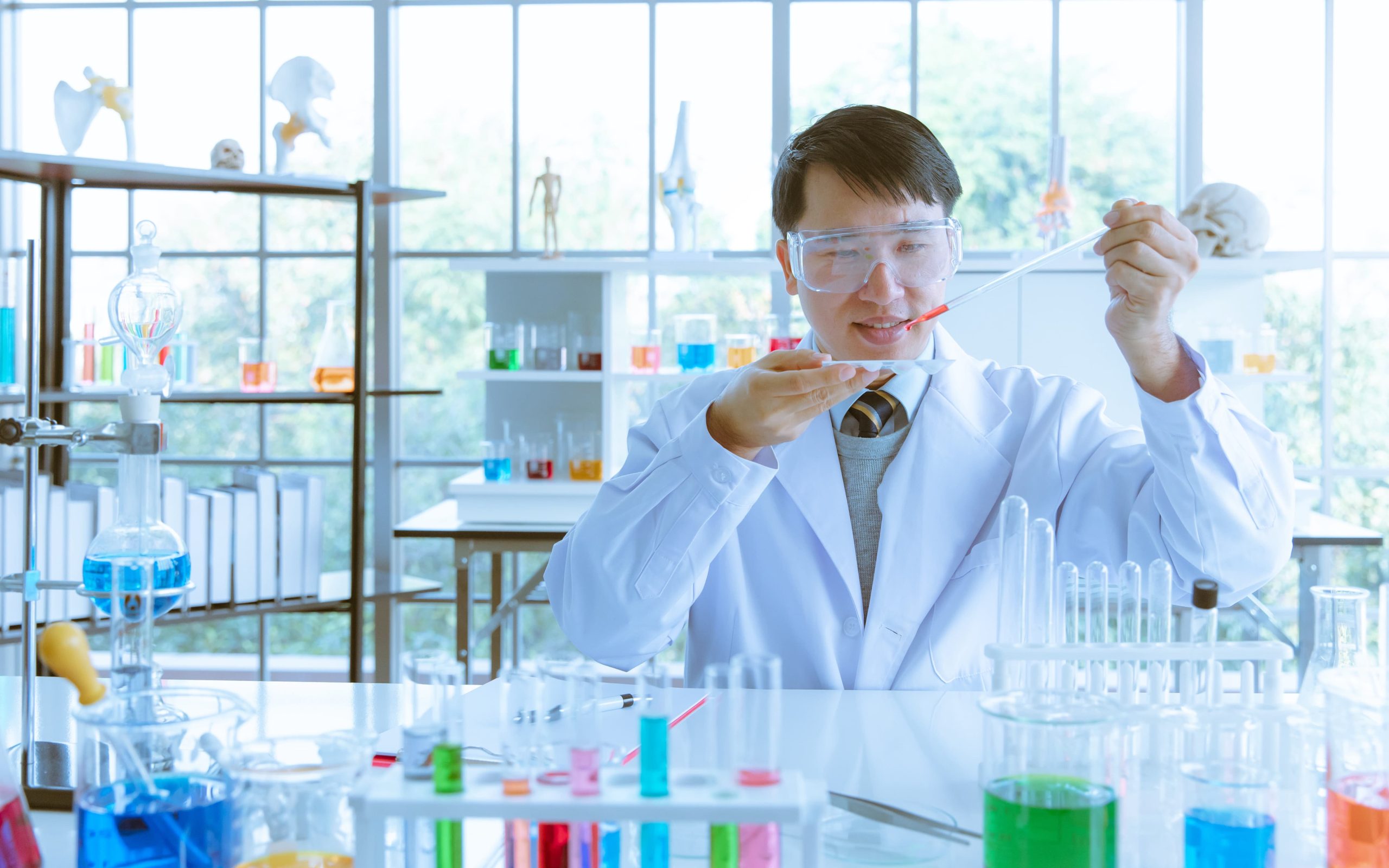Best Abrasive Media for Cleaning and Finishing PCB Boards
February 17, 2025
Understanding PCB Cleaning Requirements
Printed Circuit Boards (PCBs) require precise cleaning and finishing processes to ensure their functionality and longevity. Inadequate cleaning can result in adhesion failures, conductivity issues, and long-term reliability problems, making proper abrasive selection crucial. Choosing the right abrasive media plays a crucial role in maintaining the integrity of these delicate components. Below are the key considerations when selecting abrasive media for PCB cleaning:
Importance of Surface Roughness Control
The roughness of the PCB surface affects adhesion, conductivity, and overall performance. Excessive abrasion can damage traces, reduce component adhesion, or create irregularities that lead to malfunctions. Using an appropriate abrasive ensures uniformity and precision in cleaning without compromising the surface structure.
Avoiding Electrical Interference and Damage
Abrasive media should be non-conductive and gentle enough to prevent damage to sensitive electronic components. Conductive residues can lead to short circuits, while overly aggressive materials may strip away protective coatings or damage the underlying substrate.

Comparative Analysis of Abrasive Media
Different abrasive media offer unique advantages and drawbacks for PCB cleaning. Understanding their specific applications can help manufacturers optimize their processes for efficiency and quality. Below is a comparative analysis of commonly used options:
| Media Type | Advantages | Disadvantages |
|---|---|---|
| Glass Beads | Provides a smooth, gentle finish; non-conductive | Less effective for removing oxidation or tough contaminants |
| Aluminum Oxide | Strong abrasive action; effective at removing oxides and contaminants | Can be too aggressive for delicate PCB components |
| Plastic Media | Non-conductive and safe for electronic components; minimizes surface damage | Less effective on stubborn flux residues and oxidation |
Optimizing Abrasive Blasting for PCBs
To achieve optimal cleaning and finishing results, several factors must be considered, including cost-efficiency, production speed, and the impact of the cleaning process on PCB durability.
Blasting Pressure and Media Size Recommendations
- Low-pressure blasting (20-40 psi) is recommended to prevent damage to fragile PCB components.
- Fine media (80-200 mesh size) ensures precision cleaning without excessive abrasion.
Wet vs. Dry Blasting for PCB Applications
- Wet Blasting: Uses a water-based suspension to minimize heat and static buildup, reducing the risk of damage.
- Dry Blasting: Preferred for rapid cleaning applications but requires careful pressure control to prevent surface erosion.
Case Studies: Effective PCB Cleaning Strategies
Example 1: Improving Adhesion for Gold Plating
A PCB manufacturer faced adhesion issues with gold plating due to surface contamination. By using fine aluminum oxide at low pressure, they achieved a uniform surface, leading to improved plating adhesion without damage to circuit traces.
Example 2: Removing Flux Residues Safely
An electronics assembly line needed an effective method for removing flux residues without harming sensitive components. Plastic media blasting was chosen for its non-conductive properties and gentle cleaning action, ensuring complete residue removal while preserving PCB integrity.


Choosing the right abrasive media for PCB cleaning depends on the material type, contamination level, and required surface finish. Below is a decision-making flowchart to guide users in selecting the most suitable abrasive for their needs. For optimal results:
- Glass beads are suitable for general cleaning and smooth finishes.
- Aluminum oxide is ideal for oxide removal and surface preparation but should be used cautiously.
- Plastic media provides safe cleaning for sensitive electronic components.
Consistency in blasting parameters and proper media selection are key to maintaining high-quality PCBs in production. By understanding the advantages and limitations of different abrasive media, manufacturers can achieve superior cleaning and finishing results while preserving PCB functionality.
Filters

